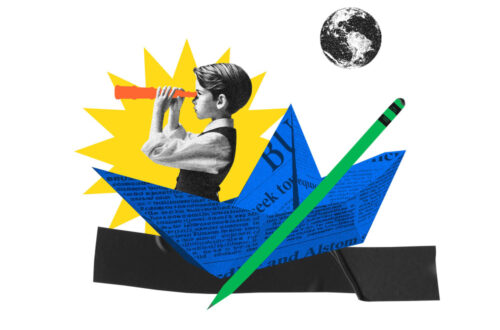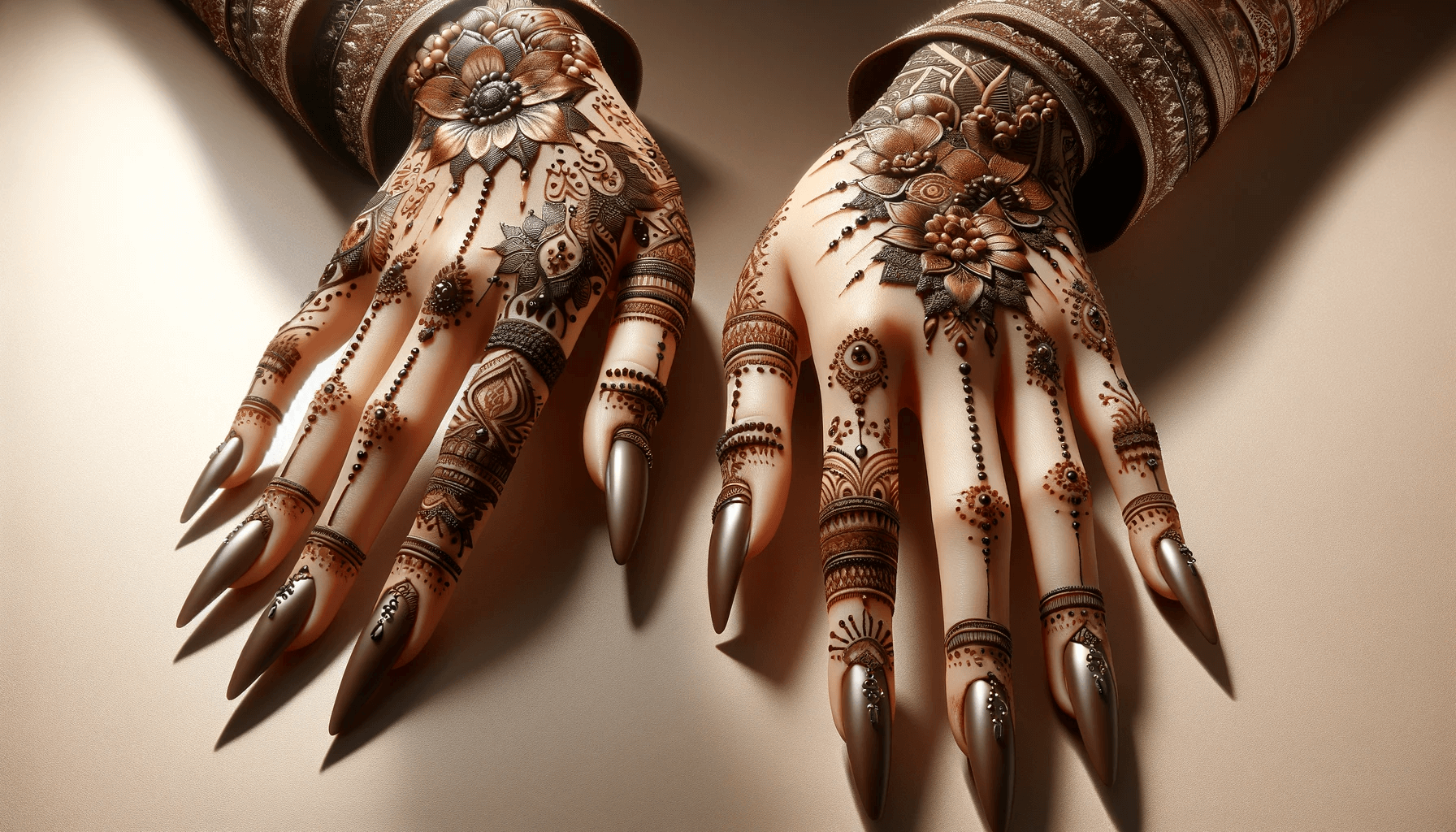Did you know that symbols have the power to convey complex ideas and emotions in a concise and impactful manner? They tap into our subconscious, triggering emotions and associations that leave a lasting impression. From ancient civilizations to modern design, symbols have played a pivotal role in branding, marketing, and various design disciplines.
But what makes symbols so powerful? How can understanding and utilizing symbols effectively give you a competitive edge and help you establish a memorable presence? In this article, we will unlock the secrets of graphic design symbols, exploring their ancient origins, modern meanings, and the remarkable power they hold in creating impactful logos and branding. Get ready to delve into the fascinating world of symbol design and unlock the hidden potential of graphic symbols!
Decoding Symbolism: Ancient Cultures and Modern Meanings
Ancient civilizations were masters of symbolic communication, utilizing powerful symbols to document their stories, beliefs, and rituals. These ancient symbols continue to inspire and influence contemporary design and branding. By exploring the symbolism of these ancient cultures, we gain insights into our shared human heritage and tap into a rich source of inspiration.
In the world of graphic design, symbols play a significant role in establishing brand recognition and forging emotional connections with consumers. Symbols go beyond their literal meanings, often containing hidden layers of significance that require a discerning eye to uncover. They have the power to evoke emotions, convey complex ideas, and create visually cohesive designs.
Branding and marketing heavily rely on symbols to communicate a brand’s values, personality, and story. A well-crafted symbol can capture the essence of a brand and leave a lasting impression on consumers. It serves as a visual representation that resonates with the target audience, making a brand memorable and distinct.
For designers, understanding the cultural context and significance of symbols is essential. They have an ethical responsibility to use symbols with cultural sensitivity and respect, avoiding appropriation and misinterpretation. By incorporating symbols appropriately, designers can enhance usability, convey information efficiently, and create visually compelling designs.
Symbol development involves careful thought and consideration. Designers must delve deep into the intended meaning and associations behind a symbol, ensuring that it aligns with the brand’s values and resonates with the target audience. Effective symbol usage in design requires a balance between creativity and understanding how symbolism influences human perception.
Graphic symbolism has the power to transcend language barriers and create a universal visual language. By tapping into the ancient symbolism of different cultures and incorporating it into modern designs, designers can create meaningful and thought-provoking visuals.
The Power of Symbolic Logo Design
A well-designed logo has the power to unlock the true essence of a brand’s identity and leave a lasting impression on customers. When it comes to logo design, simplicity, storytelling, and understanding color psychology play a vital role in creating a powerful emotional connection with consumers.
A memorable logo goes beyond aesthetics; it should be versatile and adaptable to various applications while maintaining its impact and clarity. To stand out from the competition, your logo should be distinctively unique, avoiding passing trends and fads. A timeless logo remains relevant for years to come, ensuring the longevity of your brand identity.
To create a memorable and impactful logo, infuse creativity and depth into a minimalist design. Adding elements that provoke curiosity and intrigue enhances the logo’s memorability, making it more likely to be remembered and recognized by your target audience.
Understanding your target audience is crucial in designing a logo that resonates with them. By exploring their preferences, values, and aspirations, you can craft a logo that speaks directly to their needs and desires.
Certain design principles, such as balance, symmetry, and proportion, contribute to overall harmony in logo design. These elements help create a visually pleasing aesthetic that makes an impactful statement.
Flexibility is also key in logo design. As your brand evolves and grows, your logo should have the ability to adapt subtly over time without losing its core identity. This ensures that your logo remains relevant and consistent with your brand messaging.
Iteration and refinement are essential in the logo design process. Seeking feedback and continuously improving your ideas will help you create a logo that captures the essence of your brand and resonates with your target audience.
Logo Design Principles
To create a truly impactful logo design, keep these principles in mind:
- Embrace simplicity and minimalism
- Tell a compelling story
- Understand color psychology
- Create a design that is versatile and adaptable
- Ensure uniqueness and timelessness
- Infuse creativity and depth into a minimalist design
- Consider the target audience
- Apply design principles like balance, symmetry, and proportion
- Allow for flexibility and subtle adaptations over time
- Iterate and refine your logo design
Designing a logo that embodies your brand’s identity takes time, creativity, and careful consideration. By following these principles, you can create a logo that not only represents your brand but also leaves a lasting and impactful impression on your audience.

An Example of the Power of Logos
An addiction treatment center’s logo goes beyond visual appeal to become a symbol that conveys the center’s mission and values. Through effective branding and a memorable logo, recognition and recall are enhanced, making it easier for those in need to find and connect with the center. A well-crafted logo communicates a sense of trust, professionalism, and compassion, instilling hope in individuals seeking recovery. It becomes an enduring symbol, solidifying the brand’s position as an industry leader. Designing such a logo requires creativity, strategy, and an in-depth understanding of the brand’s identity.
Embracing simplicity, storytelling, color psychology, and appealing to the target audience contribute to creating a powerful and memorable logo. By using these elements, an addiction treatment center’s logo can capture attention and resonate with its audience, ultimately helping those struggling with addiction find the help they need. With an impactful logo, the center becomes a beacon of hope, supporting individuals in their journey towards a healthier and happier life.
Effective branding through a powerful logo not only conveys the center’s mission but also establishes itself as a trusted and reliable source for addiction treatment. The logo becomes a recognizable symbol, representing the center’s commitment to helping individuals overcome addiction. By crafting a logo that captures the essence of the center’s brand and values, it becomes a valuable asset in creating a lasting impression on clients and stakeholders alike.
FAQ
What is the significance of graphic design symbols?
Graphic design symbols have the power to convey complex ideas and emotions concisely and impactfully, establishing brand identity and leaving a lasting impression.
How can ancient cultures inspire modern symbol design?
By exploring the symbolism of ancient cultures, designers can tap into our shared human heritage and gain insights for contemporary design and branding.
In what ways are symbols used in branding and marketing?
Symbols play a pivotal role in establishing brand recognition and forging emotional connections with consumers.
How do symbols enhance usability in various design disciplines?
Symbols in design disciplines enhance usability by conveying information efficiently and elevating the overall user experience.
What ethical responsibilities do designers have when using symbols?
Designers have an ethical responsibility to use symbols with cultural sensitivity and respect.
What makes a logo powerful and memorable?
A powerful and memorable logo embraces simplicity, tells a compelling story, and understands color psychology to create an emotional connection with consumers.
How can a logo remain relevant for years to come?
A logo should be timeless, avoiding passing trends and fads, while infusing creativity and depth to enhance its memorability.
Why is it important to understand the target audience when designing a logo?
Understanding the target audience is critical in designing a logo that resonates and connects with them.
What principles contribute to overall harmony in logo design?
Design principles such as balance, symmetry, and proportion contribute to the overall harmony and effectiveness of a logo.
How can a logo adapt over time?
A flexible logo allows for subtle adaptations over time while maintaining its impact and clarity.
What factors are involved in the logo design process?
The logo design process involves creativity, strategy, an in-depth understanding of the brand’s identity, and seeking feedback for iteration and refinement.
How can branding through a memorable logo benefit an addiction treatment center?
Effective branding through a memorable logo enhances recognition and recall, making it easier for individuals in need to find and connect with the treatment center.
What qualities should an addiction treatment center logo embody?
An addiction treatment center logo should communicate trust, professionalism, compassion, and instill hope in individuals seeking recovery.
How does a logo solidify a brand’s position in the addiction treatment industry?
A well-crafted logo becomes an enduring symbol that stands strong, solidifying the brand’s position as an industry leader.
What elements contribute to a powerful and impactful addiction treatment center logo?
Designing a powerful and impactful addiction treatment center logo requires creativity, strategy, storytelling, an understanding of color psychology, and appealing to the target audience.




